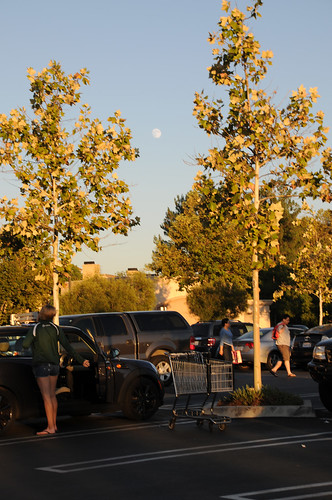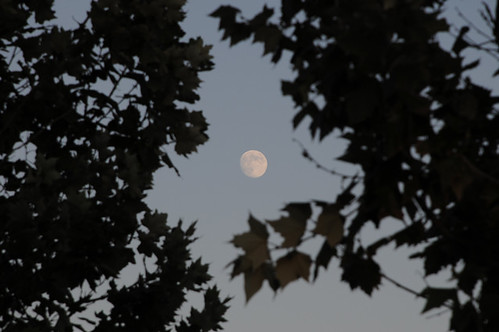










----
Text by Alison Feldish
Some more generally intense experiences usually consisted of the expression of extreme wealth disparity - mostly middle-aged ladies coming in almost DAILY to spend $50+ on fresh cut flowers. One more eccentric, affluent older gentleman frequently made a point of acknowledging that the $30/lb gourmet cheese he was buying was for his cat.
Then there were more specific instances. Like the confrontation I once had with a woman who insisted on putting her empty shopping basket on my checkout counter. When I kindly asked her to pivot her hips ninety degrees and drop it into the retrieval pile with a huge sign on it exclaiming that baskets are to be returned there, she refused to do it and explained it was because she "doesn't work here." I couldn't help but laugh at her outright. She filed a complaint against me which I inevitably was written up for.
But my opinions on Whole Foods outside of working there are mixed for many major reasons. One being that they do not necessarily always sell the most healthy foods and, in fact, specifically do not label their brand a "health food" store. This doesn't change the public's perception of it, however, which could most aptly be marked by the instance in which a lady traveling through my checkout line told me very proudly that, "I shop here because I don't have to think." LITERALLY.
That being said, the average food choices at Whole Foods are of higher, more nutrient-dense quality than the majority of the options in more general grocery stores. Which brings me to my second point: food not laced with poison or refined sugar is a right. You shouldn't have to seek out food that specifically isn't killing you because food that kills you should be illegal. But it's not. It's "conventional." So because of this fucked up system, to buy food that doesn't kill you is a luxury. And the prices at Whole Foods are outrageous. Partly because of a basic supply/demand model being on the low-end - the wealthiest people being the smallest group of people - but also partly because there is so little of organic food grown. Organic cropland still only makes up roughly .07% of all U.S. cropland.
However where Whole Foods is a GOOD thing is that because they participate in a basic large-scale corporate system, bringing health (somewhat) food to the masses, they are now forcing other competitive stores to up their standards. Grocery stores in the middle of nowhere even now usually have the smallest "organic section" in them. Which theoretically means that that .07% could be significantly raised if it became clear that the U.S. consumer population actually wanted more healthy foods. Which would then drive down costs OR just even them out a little more. That being said, whether these competitive stores, or even Whole Foods Market for that matter, would actually provide healthy options or just submit to the general "greenwashing" trend that is going on right now is a whole other conversation about the sick, fucked up world of marketing.
No comments:
Post a Comment